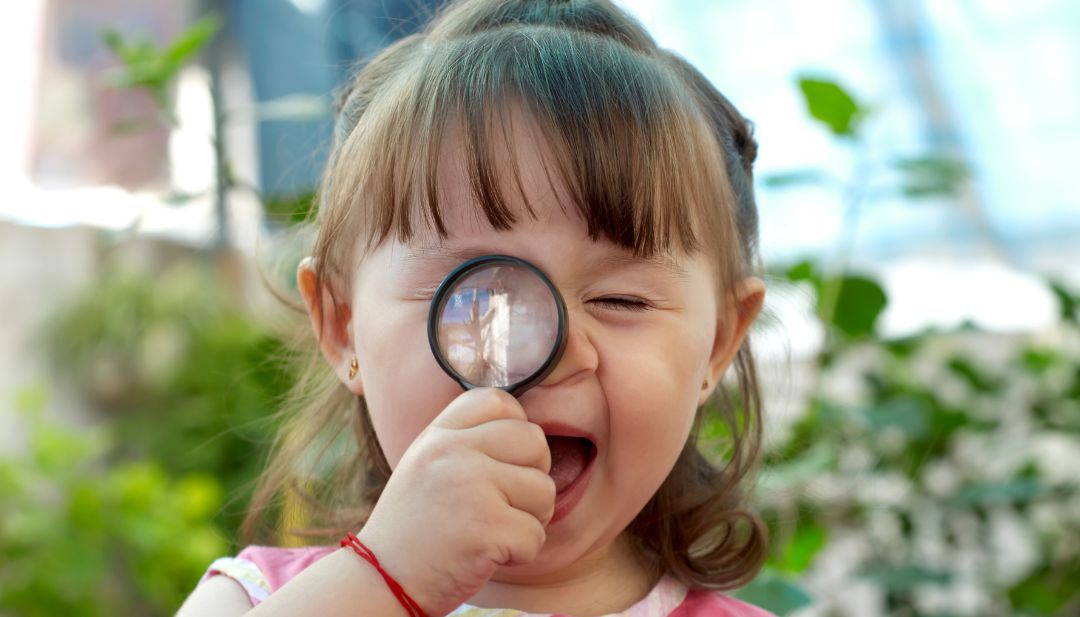
Helping Your Child Understand Their ADHD, Dyslexia, or ASD Diagnosis: A Guide for Parents
August 29, 2025
4 min read
When your child receives a diagnosis like ADHD, dyslexia, or autism spectrum disorder (ASD), one of the most important steps you can take as a parent is helping them understand what it means. Children often sense when something is different about how they think, learn, or interact with the world. Providing them with clear, age-appropriate information can empower them to embrace their unique strengths and challenges.
Dr. Liz Angoff, a licensed psychologist and author of The Brain Building Book: A Parent’s Guide to Explaining Diagnoses to Kids, emphasizes the importance of framing a diagnosis in a way that is positive, affirming, and appropriate for a child’s developmental level. Her approach encourages collaboration with your child, helping them build self-awareness and confidence. Below, we’ll explore how to explain ADHD, dyslexia, or ASD to your child based on their age and developmental stage, using key principles from Dr. Angoff’s work.
Why It’s Important to Talk About a Diagnosis
Children often know when they’re struggling, even if they don’t have the words to describe it. They may notice they’re having more trouble focusing, reading, or making friends than their peers. Without an explanation, they might assume they’re “bad” at something or that there’s something wrong with them. This can lead to frustration, low self-esteem, or even shame.
By talking openly about the diagnosis, you’re giving your child a framework to understand themselves. You’re also showing them that they’re not alone and that their challenges don’t define them. Instead, they’re a part of what makes them unique and capable.
Explaining a Diagnosis by Developmental Levels
1. For Young Children (Ages 4–7)
At this age, children are concrete thinkers. They need simple, straightforward explanations that focus on how the diagnosis impacts their daily life. Use positive language and metaphors to make the concept more relatable.
- Example for ADHD: “Your brain is like a race car—it’s super fast and full of great ideas! But sometimes, it’s hard for your brain to slow down and focus on one thing at a time. That’s why we’re going to work together to help your brain use its energy in the best way.”
- Example for Dyslexia: “Your brain works really hard to learn letters and words. It takes a little more time, but it’s also really good at solving puzzles and thinking about big ideas! We’ll practice reading in ways that help your brain learn best.”
- Example for ASD: “Your brain sees the world in a really cool way. Sometimes it notices things that other people don’t. But it can also make it tricky to understand what people are feeling or saying. We’ll work on some tools to help with that.”
Tips for Parents:
- Stay positive and focus on strengths.
- Reassure your child that everyone’s brain works differently.
- Use visual aids, like drawings or books, to help explain concepts.
2. For School-Aged Children (Ages 8–12)
By this age, children begin to develop more abstract thinking skills and may have questions about why they’re different. They might also notice that their struggles are affecting their schoolwork or friendships. This is a great time to introduce the idea of brain “wiring” and how their diagnosis relates to how they learn or interact.
- Example for ADHD: “Your brain has something called ADHD. That means it’s really good at coming up with creative ideas and noticing lots of things at once. But it can also make it harder to pay attention or finish things. Together, we’ll figure out tools to help your brain focus when you need to.”
- Example for Dyslexia: “Your brain learns differently when it comes to reading. Dyslexia means your brain needs extra time to figure out letters and sounds, but it’s also really good at thinking outside the box and coming up with ideas that other people might not.”
- Example for ASD: “Your brain is amazing at noticing details and remembering things. Autism means your brain works differently when it comes to understanding how people think or feel. That’s why we’re learning ways to make things like talking to friends or understanding feelings easier.”
Tips for Parents:
- Encourage your child to ask questions and express their feelings.
- Normalize their experience by explaining that many people have ADHD, dyslexia, or autism.
- Share examples of famous or successful individuals with similar diagnoses.
3. For Teens (Ages 13–18)
Teenagers are often more self-aware and interested in understanding their identity. They might struggle with feeling “different” or worry about how their diagnosis will affect their future. At this stage, it’s important to involve them in conversations about their strengths, challenges, and strategies for success.
- Example for ADHD: “ADHD means your brain works differently—it’s full of energy and creativity, which is amazing! But it also means you might need strategies to stay organized or focused. Lots of people with ADHD are incredibly successful because they’ve learned how to work with their brain, not against it.”
- Example for Dyslexia: “Dyslexia affects how your brain processes words, but it doesn’t mean you’re not smart. In fact, many people with dyslexia are great at big-picture thinking and solving problems. We’ll keep finding ways to help you succeed while using the strengths that come with dyslexia.”
- Example for ASD: “Autism means you see the world differently, and that’s one of your greatest strengths. It might mean you need extra support in understanding people or handling change, but it also means you bring unique ideas and perspectives to the table. We’ll figure out how to use both your strengths and supports to help you succeed.”
Tips for Parents:
- Be honest and transparent about the diagnosis.
- Involve your teen in setting goals and identifying strategies that work for them.
- Highlight how their differences can also be their superpowers.
Key Principles from Dr. Liz Angoff
Dr. Liz Angoff’s approach emphasizes collaboration and empowerment. Here are some of her key recommendations:
- Focus on Strengths and Challenges: Every diagnosis has both. Help your child see their strengths as tools they can use to overcome challenges.
- Use Visual Tools: Create a “brain map” or visual representation of how their brain works, showing both what they’re great at and what they might need help with.
- Make It a Conversation: Talking about a diagnosis isn’t a one-time event. Keep the conversation ongoing, especially as your child grows and develops new questions.
- Be Positive and Affirming: Help your child see their diagnosis as part of what makes them unique, not as something “wrong” with them.
Final Thoughts
Explaining ADHD, dyslexia, or ASD to your child is an opportunity to help them better understand themselves. By using age-appropriate language, focusing on strengths, and fostering open communication, you can help your child feel confident and supported.
Remember, this journey is a partnership. By working together, you can help your child embrace who they are, tackle challenges with courage, and celebrate their unique abilities. As Dr. Liz Angoff says, “When kids understand their brains, they feel empowered to create their own path to success.”





